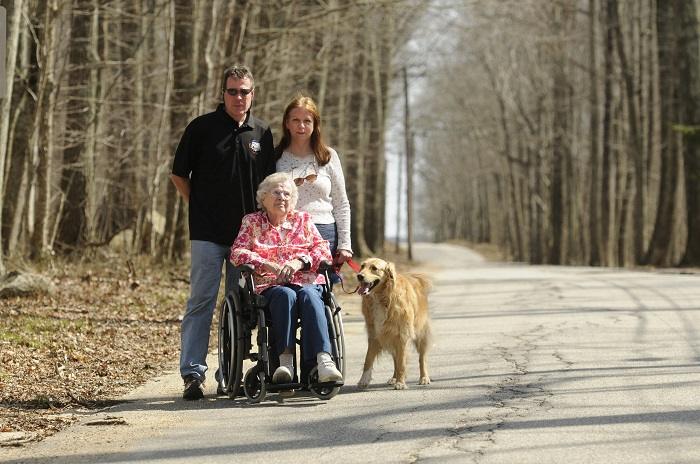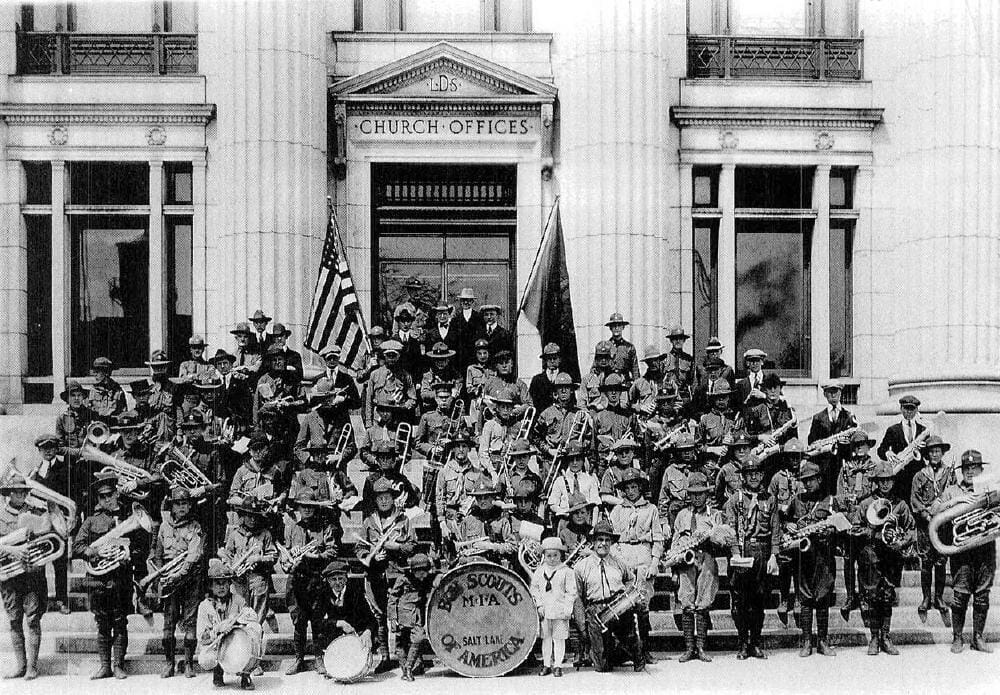Understanding the Power of a Stare
Eye contact is one of the most basic yet potent forms of human communication. It can convey interest, confidence, or curiosity—but it can also be used as a weapon.
When someone stares at you with bad intentions, it’s often a way to assert dominance or provoke a reaction. In such scenarios, ignoring it may seem like the best route, but doing so can send unintended signals of fear or weakness.
A deliberate, controlled response can make a significant difference in ensuring your safety and projecting strength.
Acknowledging Presence Without Escalating
Contrary to instinct, the first step in handling an aggressive stare is not to look away but to acknowledge the person’s presence. This doesn’t mean initiating a confrontation. A brief look that signals awareness is often enough.
The key is to avoid a prolonged stare, which could be interpreted as a challenge. A simple nod, preferably downward, can be a subtle cue that says, “I see you,” without fanning the flames of hostility. The way you manage this moment is essential; it communicates that you’re not an easy target while avoiding escalation.
Mastering the Subtle Art of Situational Awareness
Once you’ve acknowledged the individual, the next step is to maintain awareness of their position and actions. This doesn’t mean you should keep staring at them. Instead, use your surroundings strategically.
Reflective surfaces like shop windows or car mirrors can provide glimpses of what’s happening behind you without drawing attention to yourself. Stay observant but discreet. Knowing where the person is, who they’re with, and how they’re behaving offers critical insights and can help you anticipate any sudden movements or threats.
This situational awareness should extend to their companions as well. Often, individuals who try to intimidate do so with support nearby. Look for people dressed similarly or standing in close proximity.
These visual cues may indicate group dynamics and help you prepare for any group-based escalation. However, it’s crucial not to become overly focused. Hypervigilance can not only draw attention but also compromise your composure, making you appear anxious or uncertain.
Tactical Withdrawal: Leaving Without Turning Your Back

If you sense that the situation may escalate or if you’ve picked up on warning signs, it’s time to remove yourself. But leaving doesn’t mean retreating blindly. Tactical withdrawal involves walking away while keeping tabs on your environment.
Use your peripheral vision or reflective surfaces to monitor the person’s position. This allows you to move to safety without exposing your back or losing awareness of a potential threat.
This method, often referred to as situational awareness in reverse, is about staying one step ahead. Knowing if the individual is alone or accompanied, and recognizing if someone attempts to follow or cut you off, can be the difference between avoiding danger and walking into a trap. The goal isn’t to run but to relocate with awareness and purpose.
Confidence as the Ultimate Defense
Aggressive stares often come from a place of insecurity. Individuals who feel the need to assert dominance through intimidation are typically grappling with their own fears and self-worth. By understanding this, you can better manage your response. The goal isn’t to challenge them but to project inner confidence that renders their tactics ineffective.
One powerful way to build this confidence is through self-defense training. Learning how to fight doesn’t mean you’re looking for a fight.
It means you’re preparing yourself mentally and physically so that you never have to engage in one. This preparedness gives you the psychological edge to remain calm under pressure and to make smart, controlled decisions in tense situations.
Final Thoughts
Dealing with someone who stares at you with bad intentions is a psychological and situational challenge. It demands presence of mind, self-awareness, and a calm but firm approach.
Acknowledge them without antagonizing. Stay aware of your environment and any supporting individuals. Withdraw with intelligence, not fear. And above all, cultivate confidence that doesn’t rely on confrontation but on knowing your own strength.
These small but vital strategies can help you navigate hostile encounters with grace and safety. By preparing your mind and body, you ensure that the power of a stare remains just that—a look, not a threat.










